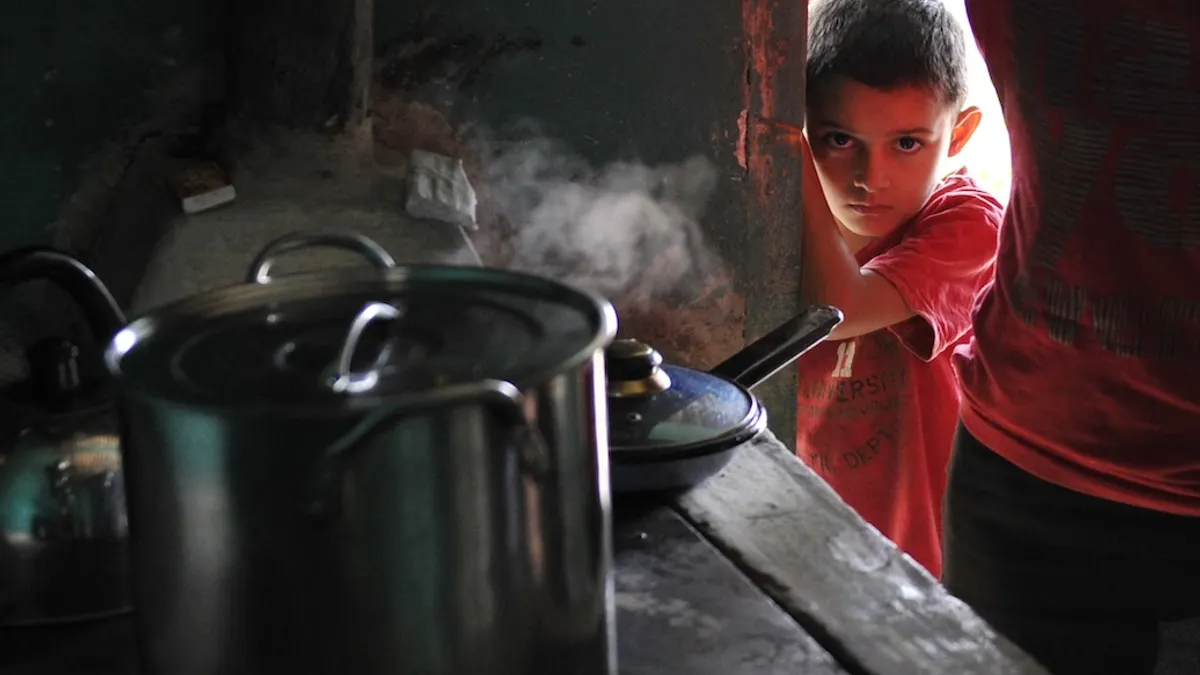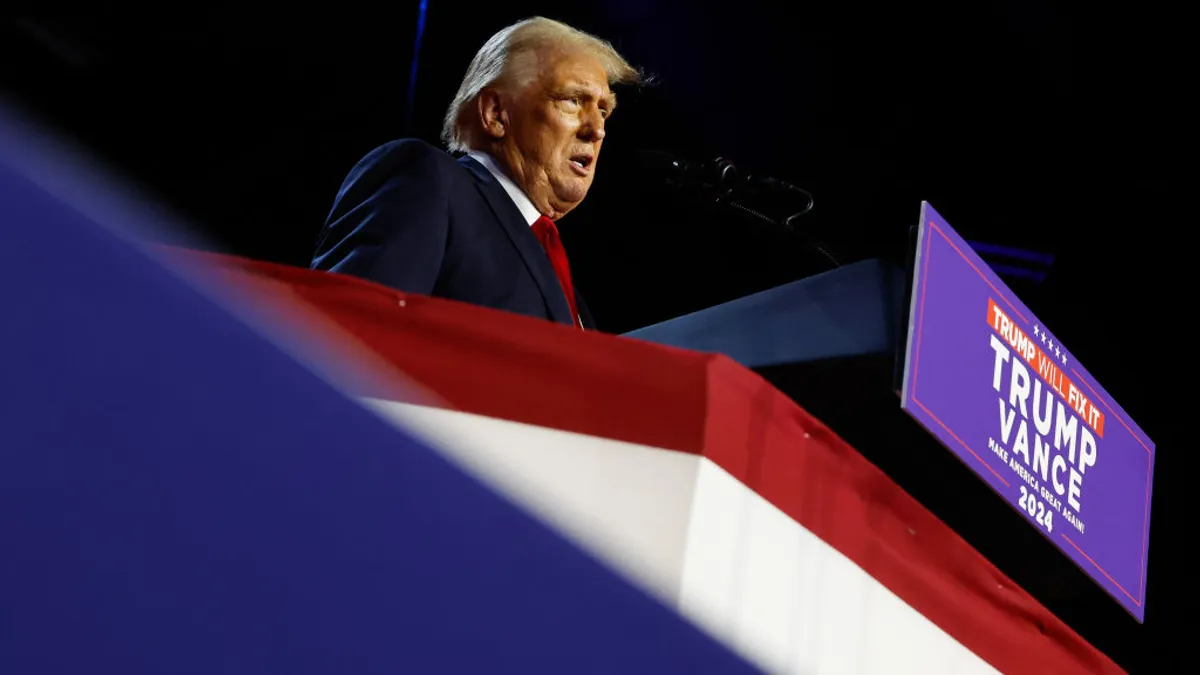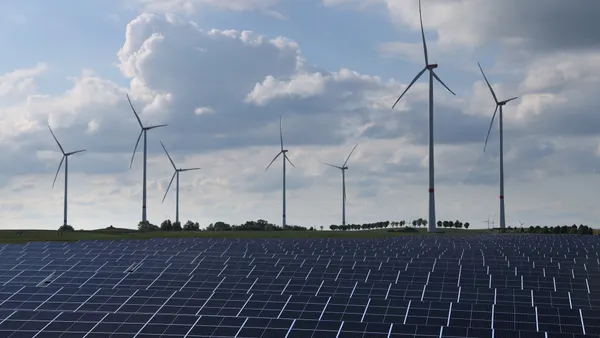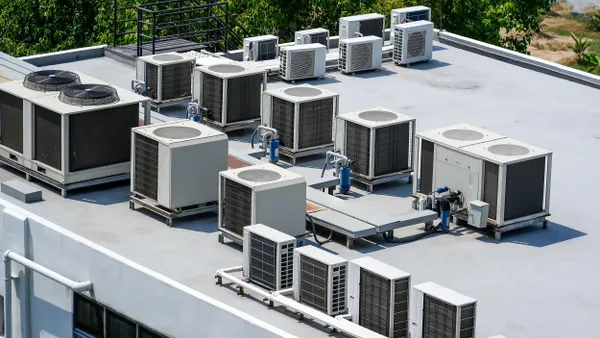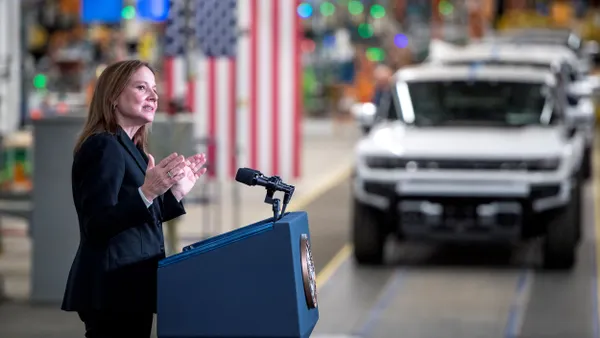Right now, verified carbon credits from high quality carbon projects offer the most efficient way to channel essential carbon financing to areas in the world that need it most. Unfortunately, nagging skepticism and uncertainty surrounding the efficacy of carbon credits and the broader carbon market are working to remove an effective, impactful solution to the problem of rising emissions at a time when we need to utilize every solution possible.
Transparency fosters trust, and without trust, no market can function effectively. Carbon markets can efficiently deliver private sector funding to conserve tropical forests, protect ocean coastlines, capture methane, protect grasslands and promote distribution of energy saving devices, all of which help lower global emissions — but key decision-makers in ESG and sustainability teams need to be able to trust that these carbon credits are doing what they claim to be.
When businesses and organizations see that carbon credit funding can be deployed effectively, on a large scale, and with integrity, the only thing limiting their potential impact is the willingness of those businesses and organizations themselves to step up and take action. The question of “What can I do?” might be answered by action, but that action quickly leads to the questions of “Where did my money go? What impact did I really have?”
Cool Effect looked to help answer those questions for its community with the help of a landmark Impact Report, where the nonprofit digs into years of data to show the real impact carbon credits can have for the planet and its people. It’s easy to quantify some kinds of impact — the data shows us that from 2020 - 2024, Cool Effect used high quality carbon credits to:
- Send $66,152,974 to carbon projects
- Keep 7,677,832 tonnes of carbon out of the atmosphere
- Protect 5.5 million acres of land
- Destroy 1,189,223 tonnes of methane emissions, a potent greenhouse gas
- Generate enough funds to plant 40,931,340 mangroves, a vital component to restoring coastal ecosystems
Numbers are easy to see, but they don’t tell the whole story. High quality carbon credits shouldn’t just make an impact for the planet, they need to make an impact for its people as well. In those same five years, Cool Effect has changed the lives of over 350,000 people from Honduran communities with something as simple as a cleaner burning cookstove — but that’s not something you’ll truly be able to understand just by looking at a spreadsheet. To understand that, first you’ll need to understand a little bit about Honduras.
Nearly 70% of Hondurans live in poverty, with most of those families situated in extremely rural areas that often lack even the most basic infrastructure. These rural areas are subject to extreme poverty, with close to 60% of households making less than $3.80 per day. These rural residents often use traditional open wood-burning stoves to prepare meals, spending hours gathering local wood so the stoves can burn for upwards of 8 hours a day, all the while emitting constant soot and smoke into the home.
That’s where cleaner burning cookstoves, supported by verified carbon credits, come in.
The installation of these stoves (done by trained local members of the community) saves wood, saves time, eliminates toxic smoke from the household, and helps the planet by saving miles of forests and reducing carbon emissions by about 3 tonnes per stove annually. Since 2020, this project has avoided the emissions of more than 1 million metric tonnes of CO2 and equivalent gasses (mtCO2e).
Not only do these clean cookstoves drastically improve indoor air quality for families, which reduces the risk of respiratory illness that disproportionately affects women and children, these stoves also allow families to use about half the typical amount of wood, helping them save upwards of 60 pounds of wood a week and hours that they’d typically spend collecting firewood. This efficiency means these stoves can be run even more cheaply — and when families save money, they primarily use those savings to buy food.
Clean cookstove programs also help add much needed revenue to rural communities like these, leading to stimulated local economies and improved local infrastructures. Families do not buy a stove; they co-invest in one. They provide the supplies (typically bricks and mortar), while stove suppliers provide construction, know-how, and the specialized stove parts. This provides those suppliers with additional opportunities for income, adding revenue and employment opportunities to a region that desperately needs them. And it’s all funded with the help of high quality carbon credits.
Clean cookstove programs supported by verified carbon credits like these truly offer a win-win scenario for both the planet and its people. Emissions are reduced, forests are conserved, lives are improved, and sustainable development is achieved. By investing in such projects and making an impact by donating verified carbon credits to programs like these, corporations can make a meaningful impact and really cook up some good for local communities.
To learn more about the impact carbon credits can really have and explore more stories, download Cool Effect’s groundbreaking Impact Report here.

